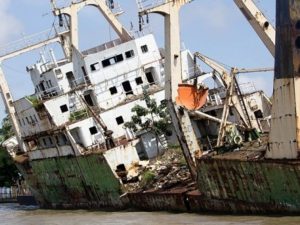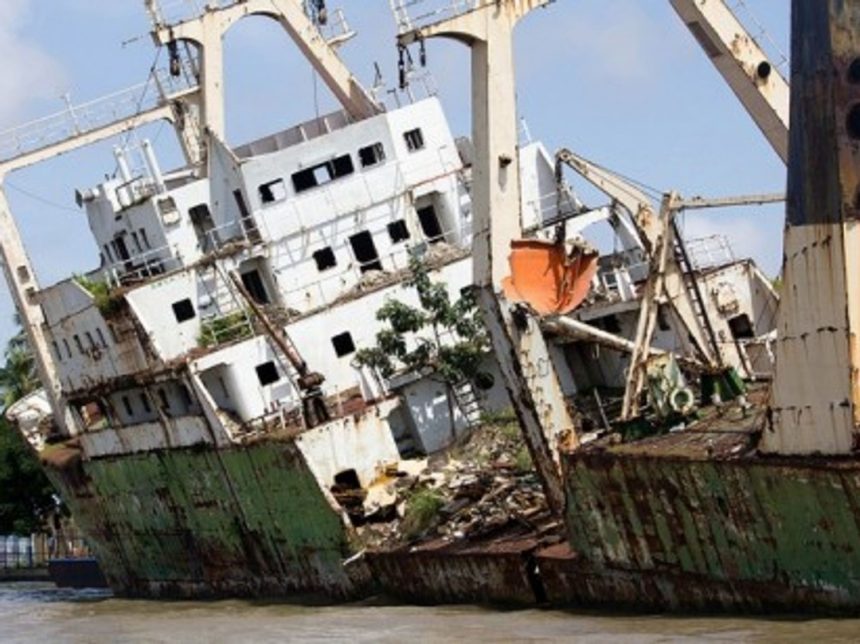Lagos Coastline Shrinks by 84%: Climate Change and Urban Growth Put City at Risk
By Bhadmus Oluwatobi J.
Date: 6th July, 2025

A new report has sounded the alarm on Lagos’s vanishing coastline, revealing that more than 84% has disappeared over the last five decades. The culprits? Unchecked coastal erosion, surging sea levels, and relentless human encroachment.
Lagos, Nigeria’s bustling megacity, is now on the frontlines of climate change. The report paints a stark picture: coastal erosion, unpredictable rainfall, and frequent flooding are becoming the new normal. The city’s low-lying terrain, rapid urban expansion, and inadequate drainage systems are compounding these climate threats.
Erosion is eating away at Lagos’s shores at an average rate of 2.64 meters per year. Scientists warn that sea levels along Nigeria’s coast could climb by 0.3 meters by 2030, with some local experts predicting a dramatic 3-meter rise in the future. With much of Lagos sitting just 5 meters above sea level, the risks to infrastructure, agriculture, and local businesses are mounting.

Rainfall patterns have also become more erratic and intense, putting major districts like Ikeja, Badagry, Ikorodu, Lagos Island, and Epe at heightened risk of flash floods. The city’s limited drainage capacity is struggling to keep up, leading to frequent and severe flooding. Between 2022 and 2023 alone, over 175,000 residents were affected by flood events, with property losses topping $262,500.
The most recent deluge struck in 2024, when a relentless 10-hour downpour inundated neighborhoods such as Lekki, Ikoyi, and Ajah, displacing families and causing extensive property damage.
The economic fallout could be staggering. The report warns that Lagos could see its GDP shrink by as much as 30% by 2050 if climate risks go unaddressed. Nearly 7,000 critical assets are exposed to these hazards, with 6,500 considered highly vulnerable—representing a potential $17.4 billion at risk.
Tourism, entertainment, and leisure—sectors that make up about 5-6% of Lagos’s GDP—are also under threat from coastal degradation and rising tides. Meanwhile, the city’s explosive population growth, now exceeding 24 million, has fueled unplanned development into floodplains and wetlands, stripping away natural defenses and increasing surface runoff.
Wetlands, once vital for absorbing floodwaters, have been heavily degraded and reclaimed, leaving Lagos more exposed to flooding. Pollution, especially from solid waste, is making matters worse, with the waste sector responsible for over a quarter of the state’s total emissions.
As Lagos continues to grow, the report urges urgent action to protect its coastline, restore natural buffers, and invest in resilient infrastructure to safeguard the city’s future.


